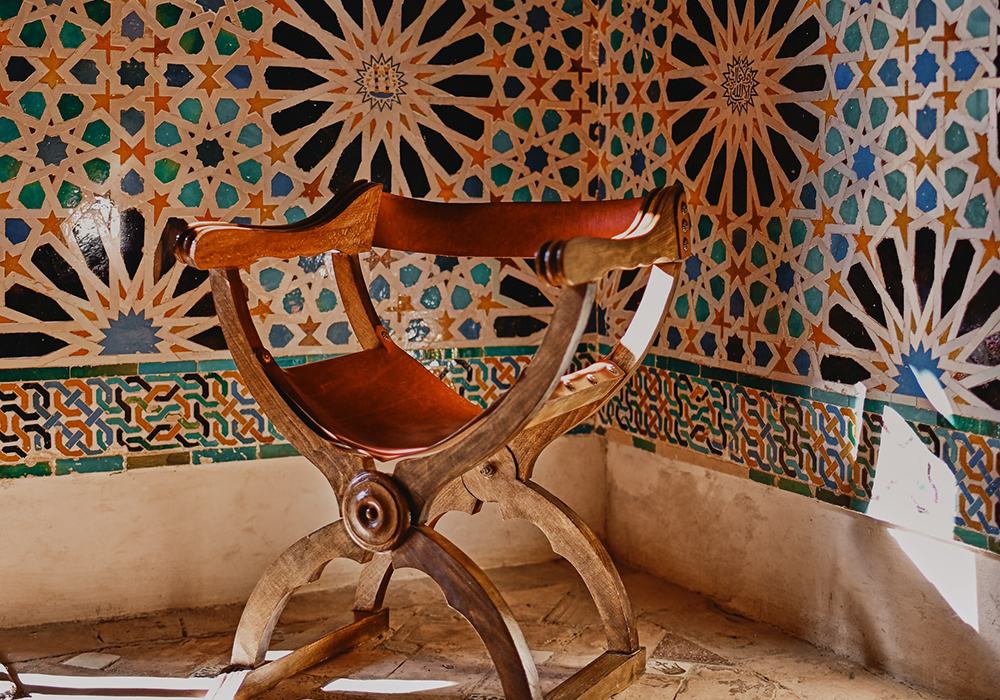
Mosaic Tiles
First of all, Mosaic is a pattern or an image made of small pieces of colored glass, stones or ceramic but we at Morocco Zellige have a few craftsmen that perfected this art and made it with Zellige, where it is held in place with by plaster and covering a surface.
Mosaics were often used as floor or wall decoration, and were particularly popular during the ancient roman world but today it also includes artwork, hobby crafts, andindustrial and construction forms.
This artwork has a long history dating back to Mesopotamia in the 3rd millenium BC. Pebble mosaics were made in Mycenean Greece, it became even more popular and widespread during classical times both in Ancient Greece and Ancient Rome. Although it didn’t flourish until it reached Morocco with the Bizantine Empire from the 6th to the 15th centuries ; that tradition was adopted by the Norman Kingdom of Sicily in the 12th century, by the eastern-influenced Republic of Venice, and among the Rus in Ukraine. Mosaic fell out of fashion in the Renaissance, though artists like Raphael continued to practise the old technique. Roman and Byzantine influence led Jewish artists to decorate 5th and 6th century synagogues in the Middle East with floor mosaics.
Figurative mosaic, but mostly without human figures, was widely used on religious buildings and palaces in early Islamic art, including Islam's first great religious building, the Dome of the Rock in Jerusalem, and the Umayyad Mosque in Damascus. Such mosaics went out of fashion in the Islamic world after the 8th century, except for geometrical patterns in techniques such as zellij, which remain popular in many areas.
Arabic countries used mosaic technique to decorate religious buildings and palaces after the Muslim conquests of the eastern provinces of the Byzantine Empire. In Syria and Egypt the Arabs were influenced by the great tradition of Roman and Early Christian mosaic art. During the Umayyad Dynasty mosaic making remained a flourishing art form in Islamic culture and it is continued in the art of zellige and azulejo in various parts of the Arab world, although tile was to become the main Islamic form of wall decoration.
Figurative mosaic, but mostly without human figures, was widely used on religious buildings and palaces in early Islamic art, including Islam's first great religious building, the Dome of the Rock in Jerusalem, and the Umayyad Mosque in Damascus. Such mosaics went out of fashion in the Islamic world after the 8th century, except for geometrical patterns in techniques such as zellij, which remain popular in many areas.
The first great religious building of Islam, the Dome of the Rock in Jerusalem, which was built between 688 and 692, was decorated with glass mosaics both inside and outside, by craftsmen of the Byzantine tradition. Only parts of the original interior decoration survive. The rich floral motifs follow Byzantine traditions, and are "Islamic only in the sense that the vocabulary is syncretic and does not include representation of men or animals.
Modern mosaics are made by artists and craftspeople around the world. Many materials other than traditional stone, ceramic tesserae, enameled and stained glass may be employed, including shells, beads, charms, chains, gears, coins, and pieces of costume jewelry.


